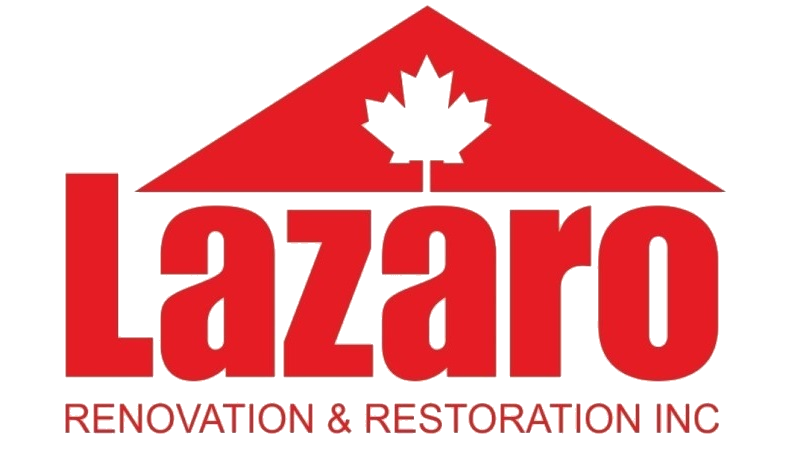How to Deal with Basement Water Damage Before It’s Too Late.
Restoring your home to liveable, pre-damage conditions involves water removal, decontamination, and drying.
In cases of basement water damage, it’s important to act fast. Standing water and moisture create the perfect environment for bacteria and mold. Prolonged exposure to an environment like this can lead to allergic reactions and even disease.
Parts of a water-damaged home may need to be rebuilt. Materials like drywall and carpet that have absorbed water often develop bacteria and mold that can’t be removed. Replacing these materials is safer than allowing infectious organisms to saturate the air.
Materials that may need to be replaced include:
- Walls
- Floors
- Shelves
- Clothing
- Drapery
- Ductwork
- Heating and air conditioning systems
THE WATER RESTORATION PROCESS
Repairing a water damaged home involves a process starting with a thorough inspection of the damage to the replacement of flooring, walls, and ceilings.
Step 1: Inspection – A professional can best assess the extent of water damage in your home. Each inspection determines a class and category of water damage. Defining the class and category of water damage helps outline the best means to restore your property.
CLASSES OF WATER DAMAGE
Class 1 damage involves part of a room that has absorbed little moisture. It’s the least level of damage.
Class 2 damage has affected an entire room and has absorbed into carpeting and walls.
Class 3 damage has absorbed up into the walls, saturated most of the area, and may have come through the ceiling. Class 3 damage is considered the worst.
Class 4 damage requires specialty drying due to damage done to materials such as hardwood, stone, and concrete.
CATEGORIES OF WATER DAMAGE
Category 1involves damage from a clean water source such as toilet tanks, broken pipes supplying clean water. Category 1 water damage can degrade into Category 2 or 3 if it sits too long.
Category 2involves damage from “grey water,” such as washing machine or dishwasher water containing detergents. It may also involve water containing urine from toilet overflows.
Category 3involves completely unsanitary water that can easily cause illness, disease, or death. Category 3 water comes from sewage, river flooding, and standing water that has begun growing bacteria and other microbes.
Step 2: Water Removal – Pumps and vacuums are used to remove water from your home. The type of equipment needed depends on the extent of the water damage. Water removal begins as soon as possible to prevent mold and bacteria growth.
Step 3: Drying – After all standing water and absorbent surfaces are vacuumed, drying and dehumidification begins. This step is important to clear up any remaining moisture after water removal. The drying out process can take several weeks to fully complete.
Step 4: Cleaning – All personal belongings need to be cleaned and sanitized to prevent unwanted mold and bacterial growth. Carpeting, clothing, and drapery are given antimicrobial treatments. Air scrubbers may also be used to remove particles and moisture from the air.
Step 5: Restoration – The biggest step in the process is restoration. Restoration involves replacing materials like drywall and insulation. Sometimes this process is as simple as installing a few panels of drywall, while serious cases could require replacing entire walls. Exposure to toxic substances like lead and asbestos is possible during restoration. Older homes are likely to contain these substances.
In the event of unknown water damage, many homeowners aren’t able to prevent mold growth. A tiny leak in the roof or pipes can persist for months before you notice it. In a situation like this, the restoration process takes even longer.
ACTING FAST
Whether your home has been flooded by broken pipes or a leaky roof, it’s important to remove all contaminated and wet materials in your home as soon as possible.
The Environmental Protection Agency (EPA) recommends discarding materials that haven’t been thoroughly cleaned and dried within 48 hours of water damage.
Taking these materials out of a home reduces the ability of dangerous microorganisms to multiply and spread. Removing contaminated materials improves air quality in the home and makes the restoration process easier.
After removing all contaminated and wet materials, contact someone who can inspect your home and start the restoration process.
Please contact Lazaro Renovation and Restoration Inc.
Our technicians are fully trained and certified to the standard of the Institute of Inspection, Cleaning, and Restoration Certification (IICRC). Rest assured, you’re going to be taken care of by a certified professional.
Our process is famous for ensuring you will be taken care of from start to finish. Our local team of experts will arrive and provide professional, courteous, prompt services, while keeping the communication clear. You will always know what to expect while we are on-site.
Let us take care of you the Basement Water Damage, call us today!
• We Deal Directly with All Major Insurance Companies.
• Fully licensed and insured.
• We work hard, for you!

